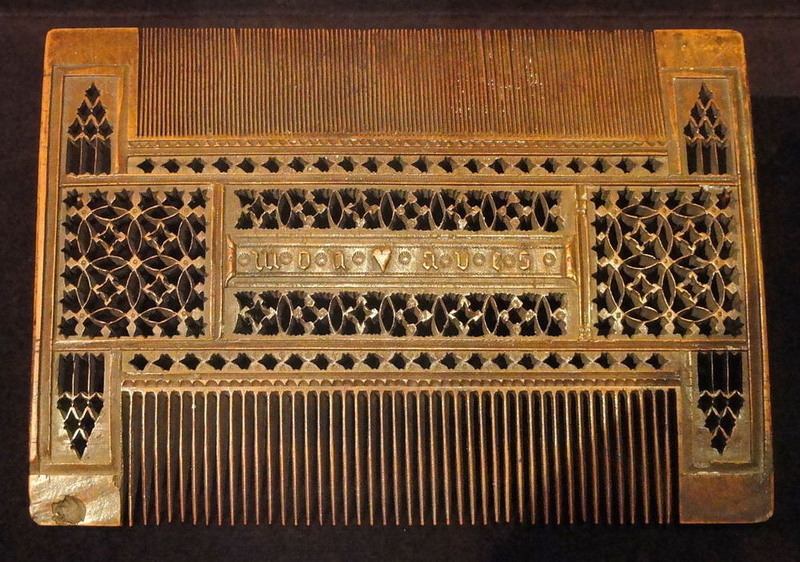Source: Atlas Obscura, June 2016
Thirty years ago, Parasitologist Kostas Mumcuoglu and anthropologist Joseph Zias were examining a first-century hair comb excavated from the West Bank when they found a surprise lurking in its fine teeth: 10 head lice and 27 louse eggs.
With their “interest in lice having been aroused,” they later wrote, they began to look more closely at some other ancient combs that had recently been excavated. To their delight, eight of the 11 combs unearthed in the Judean Desert contained lice, eggs, or both.
The presence of these parasites was a major shake-up. “We had assumed that combs were used almost exclusively for cosmetic purposes,” they wrote in their report. “Now it appears that they were also used as de-lousing implements. Indeed, the combs we examined appear to have been designed specifically for de-lousing.”
Today, lice combs are a cheap, plastic affair, used in conjunction with chemical treatments to rid scalps of the schoolyard scourge. But historically—going all the way back to the Ancient Egyptians—combs incorporating de-lousing designs were used as daily implements.
“Most ancient combs are double-sided and have more teeth on one side than the other,” wrote Mumcuoglu and Zias. “The user would straighten his or her hair with the side that had the fewer teeth and then whisk away lice and louse eggs with the finer and more numerous teeth on the other side of the comb.”
Click here to read the rest of this article.
Don’t forget, you can purchase the WelComb® on Amazon or at your local Dollar General in the Dollar General Lice and Nit Removal Kit with WelComb®.

